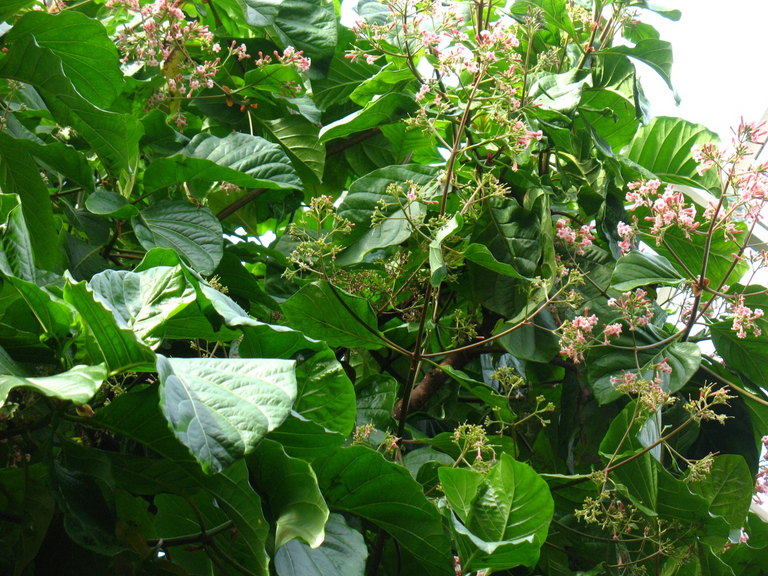Quinine is got from the Cinchona tree. The bark is used mostly to extract the bitter compound which was identified as a cure for malaria in the mid 1880's, but it's use against fevers was documented much earlier.
According to reports
The Quechua peoples of Peru, Bolivia and Ecuador were the first to realise the medicinal properties of Cinchona. The Quechua’s use of Cinchona was observed by Jesuit missionaries, who introduced the plant to Europe by the 1630s.
BTW, the Cinchona tree is the national tree of countries like Peru and Bolivia, but it has an interesting story behind its use by the British in India during the colonial days.
The Unseen Enemy
During the days of colonisation, the british troops in India had to face an invisible enemy. Malaria.
While the local population had developed community immunity against it, it was debilitating for the Europeans and a large percentage ended up bearing the brunt, some with very dire consequences.
Around the same time, European scientists had discovered a chemical composition called "Quinine" which could be used to treat malaria, and was slowly gaining prominence, but it was yet to be extensively tested at large scale. This malaria crisis among British Army came at an opportune time, and thus Quinine was imported in bulk by the Army and distributed to all their soldiers, who were instructed to take regular dosages (even to healthy soldiers) so that they could build immunity. This was followed up in all other British stations throughout India, because every region in India had malaria problem to some extent.
Problems With Medication
But there was a small problem. Although sick soldiers quickly recovered, many more soldiers who were exposed to harsh conditions of tropical India continued to become sick, because it was later found that they were not taking dosages of Quinine. Why? Because it was very bitter!! So, by avoiding the bitter Quinine, British soldiers stationed in India were lagging behind on their immunity, thereby making themselves vulnerable to Malaria.
The Solution
So what could the British officers do to ensure that every man took the medicine? Faced with a problem, all the top British officers and scientists started experimenting ways to persuade their soldiers to strictly take these dosages, and during their experiments, they found that the bitter Quinine mixed with Juniper based liquor, actually turned somewhat into a sweet flavor. And of course, every soldier loved to drink!
That juniper based liquor was Gin. And the Gin mixed with Quinine was called "Gin & Tonic", which immediately became an instantly popular among the soldiers!
The same British soldiers who were ready to even risk their lives but couldn't stand the bitterness of Quinine, started swearing by it daily when they mixed it with Gin. In fact, the Army even started issuing few bottles of Gin along with "tonic water" (Quinine) as part of their monthly ration, so that soldiers could themselves prepare Gin & Tonic and consume them everyday to build immunity.
And that's what a gin and tonic is all about! A medicine turned into a flavorful drink which is drunk till today, and kick started the 'cocktail' industry.
